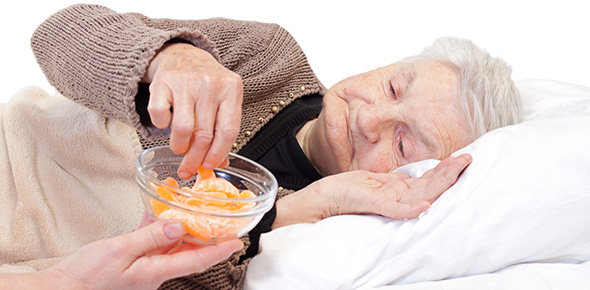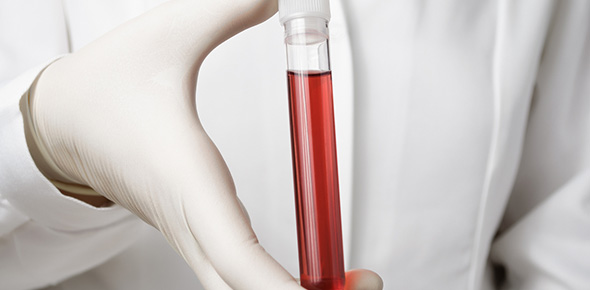Related Flashcards
Cards In This Set
| Front | Back |
|
Identify the most common Vital Signs
|
BP, HR, Respirations, Pulse Ox, Temperature, pupil response, level of consciousness
|
|
Identify the overall purpose for obtaining vitals
|
Provides information about the status of the cardiopulmonary system
|
|
From the text and from the respiratory care lecture, identify the vital sign that is obtained by using a pulse oximeter and give the purpose for obtaining this vital sign
|
arterial blood oxygen saturation levels; screen for hypoxemia to see how much oxygen is getting to the blood.
|
|
Discuss the practice of using established normal values (norms) for vital signs
|
If you know the normals of you patient, you can note a change in their status
|
|
Explain the “disadvantage” of using a one-time assessment to determine a patient’s status
|
If you are only taking one set of vital signs, you will not note a change in the status of a patient and you can't prevent an issue from worsening
|
|
Discuss the factors that influence vital signs (ones related to life-style patterns, to patient characteristics, and others--others being things like time of the day, etc) and discuss how these factors relate to patients in therapy
|
Stress, diet, obesity, drugs, age, gender, menstrual cycle, health status, and pain. Patients that are stressed about therapy will have a higher BP than patients who aren't.
|
|
Discuss specific aspects of a patient that one could observe that would provide important data on the patient’s status
|
Facial expressions, obesity, skin color changes, skin texture, diaphoresis, abnormal sitting positions, use of accessory muscles, or edema.
|
|
Discuss central thermoreceptors
|
Central thermoreceptors are located in the hypothalmus and are sensitive to temperature changes in blood perfusing the hypothalmus; sensitive to core temp chagnes and monitoring body temp
|
|
Discuss peripheral thernoreceptors
|
Peripheral thermoreceptors are composed primarily of free nerve endings, have a high distrbution in the skin
|
|
Determine the location of the temperature-regulating center in the body
|
Hypothalamus
|
|
Use Figure 4-2 (Physiological adjustments during heat acclimation) to diagram how the body regulates heat during exercise
|
Increase sweat production to maximize heat loss by evaporation, dilate skin blood vessels for improved cutaneous blood flow.
|
|
Describe the mechanisms of heat conservation and production
|
Vasoconstriction of blood vessels decreases blood flow near the surface where the blood would normally be cooled, thus the amount of heat lost to the environment is decreased; decreased sweat gland activity is diminished to prevent or reduce heat loss by evaporation; cutis anserina or piloerection functions to trap a layer of insulating air near the skin and decrease hat loss in lower mammals with greater hair covering (goosebumps!); shivering is increased tone of skeletal muscle initiated so that heat is produced; hormonal influence increases cellular metabolism which increases body heat.
|
|
Describe the primary methods your body uses to dissipate excess heat
|
Conduction, convection, radiation, evaporation.
|
|
Oops
|
Can't delete this one. crap. :)
|
|
Hyperthermia
|
Extremely high fever; temp higher than 106 degrees.
|






